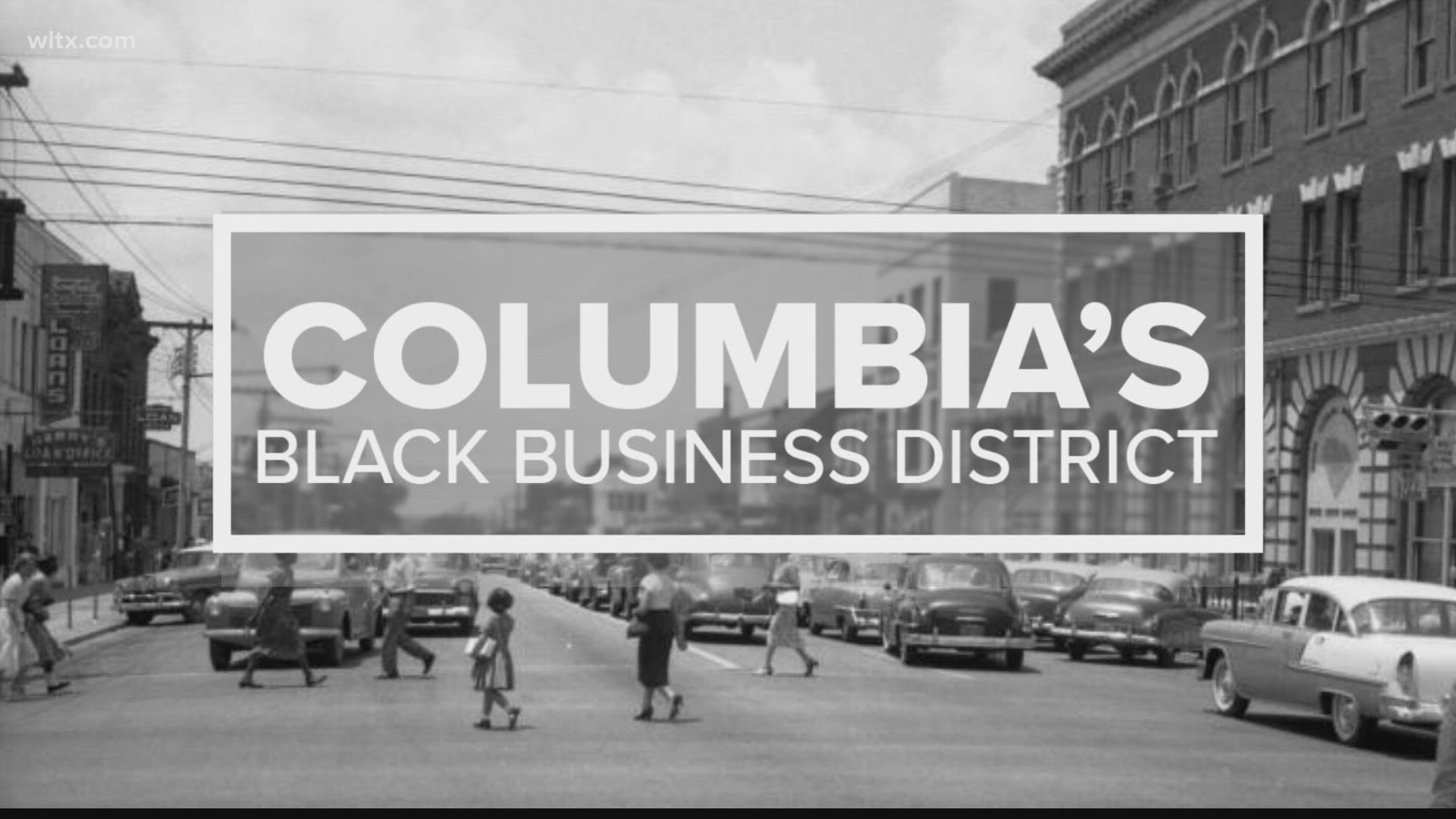COLUMBIA, S.C. — Over the past year, News 19 has taken a look back at some of Columbia's historic neighborhoods, but did you know there was a line of black businesses along several downtown streets that were once known as Columbia's Black Business District?
It was a thriving area filled with black entrepreneurs, restaurant owners, morticians, bankers and even barbers, but over the years, this once bustling hub for African Americans has become non-existent.

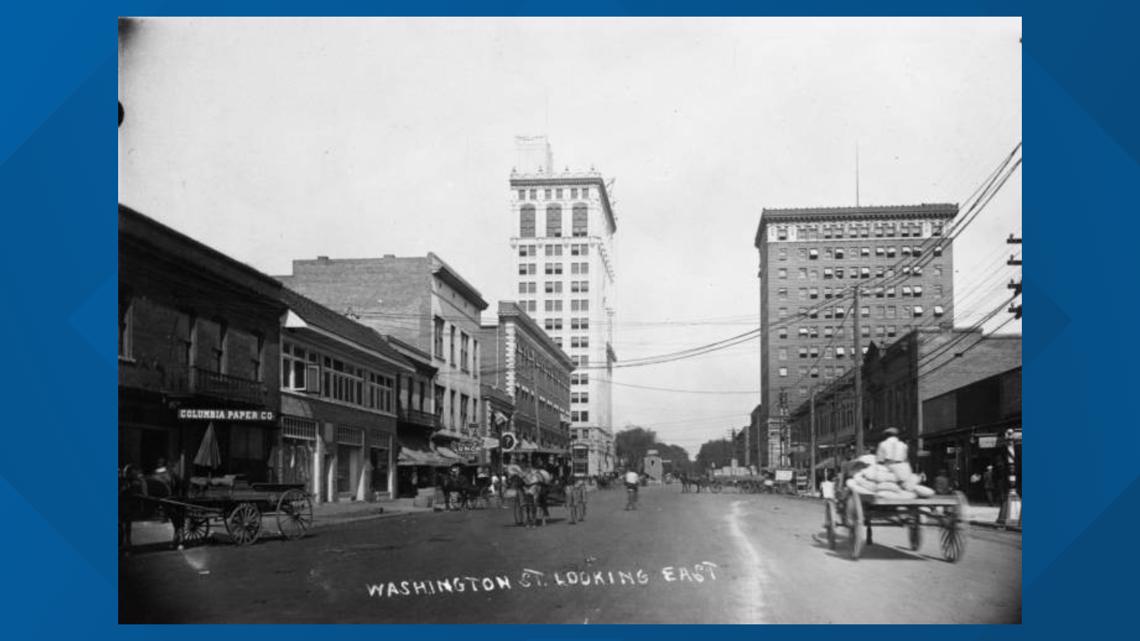
We’re focusing on two blocks along Washington Street and sharing the stories of two women as they recount their experiences in Columbia's Black Business District.
"People would come from all over, from everywhere to Columbia, and they would congregate downtown,” said Alex Irving-Furgess.
Furgess has fond memories of growing up in Columbia. She was raised in Columbia’s Historic Wheeler Hill Neighborhood, but remembers the hustle and bustle of downtown’s Washington Street.

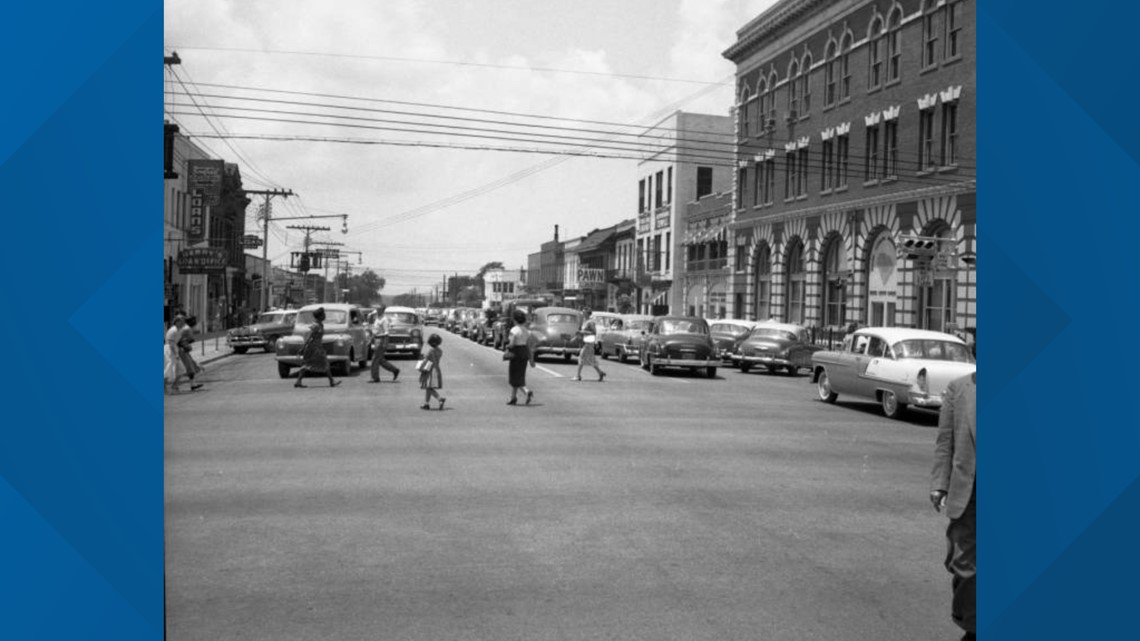
"There were black businesses in several areas of Columbia,” said Furgess. “But the Washington Street area was most convenient for people who came from Lexington, West Columbia, Cayce, Eastover, Gaston, Bishopville. They came from everywhere."
Richland Library has a host of photos that are a snapshot in time of what life was like during the Jim Crow Era when black residents of the city were not welcome in many white-owned businesses.
"There were stores on Main Street that black people did not go in,” said Millercin Weeks. “You know, you just walked on by, you didn't consider going, you didn't worry about it."
Weeks has lived in Columbia for more than 70 years. As a child, she spent her Saturdays running errands with her family and shopping at locally-owned black businesses in the heart of the Capital City.
"What I remember was coming to town on Saturdays, dressed up. You did not come downtown looking cheesy,” said Weeks. “The businesses were just thriving up and down Washington Street."
"Black people would meet on Saturday,” said Furgess. “You would come to Columbia, do your shopping, get your hair done, get a haircut and get ready for church on Sunday. My dad got a lot of people's hair in preparation for Sunday."

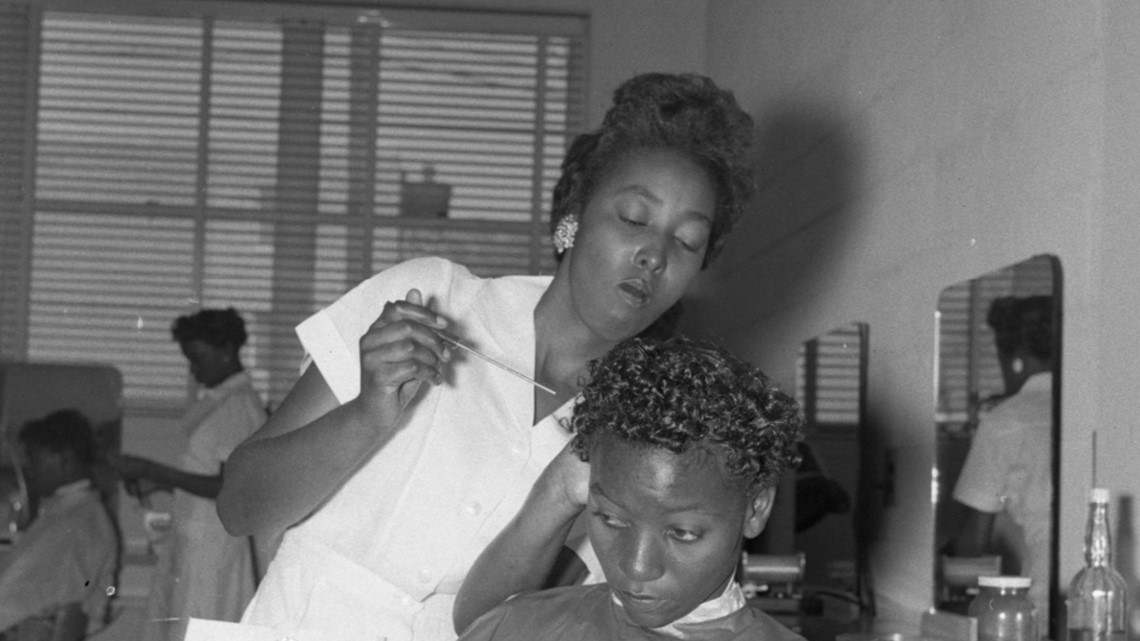
Furgess's father was one of the many black entrepreneurs who worked along the 1000 block of Washington Street.
"My dad's name was Joe and his barber shop was Joe's Barbershop and a lot of people liked him and he liked a lot of people,” said Furgess. “He opened his barbershop in the early fifties, but he had been working here since 1949 and he kept his barbershop open until 1999."
It's stories like these that excite people like John Sherrer, the Director of Preservation for Historic Columbia, because he says this area was an integral component of day to day life in Columbia.
"When you talk to older folks in Columbia, they're familiar with the area, but newer people don't necessarily know of it,” said Sherrer. “So much of that past has been largely lost due to just physical changes in our landscape."
One of the few remining structures from this period of time is the North Carolina Mutual Building. Built in 1909, this building included tenants like attorney Nathaniel J. Frederic and the Colored State Fair Association. But what happened to this haven for black South Carolinians?

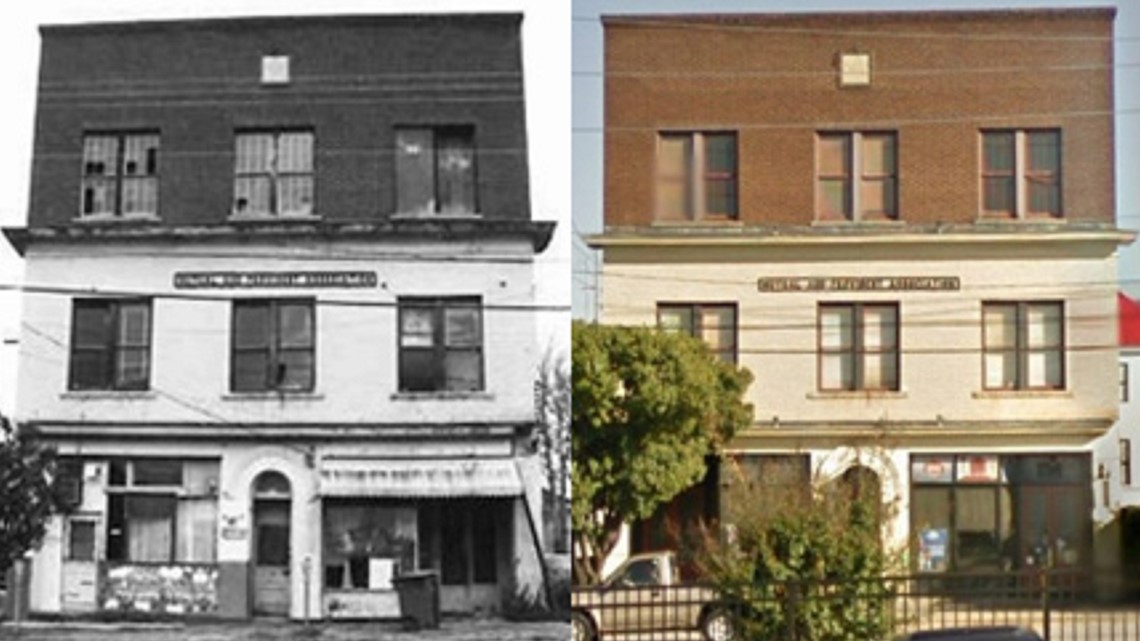
"Quite frankly, integration. The opportunity for people of color to more fully integrate into businesses without physical restriction within the downtown and else,” said Sherrer.
"The first shopping center was out on Two Notch Road,” said Weeks. “Once we started leaving downtown to shop, then that's really what wore that out in terms of the black businesses."
Both Mrs. Furgess and Ms. Weeks say it's important for younger generations to know their history.
"It is our history,” said Weeks. “I mean, it is their history, and every child needs to know what made them who they are. In essence, everything good or bad makes you who you are and those parents who lived through that made you who you are.”
We reached out to several people to talk about Columbia’s former Black Business District. They all fondly remember landmarks like the Capitol Theater, Counts Drugstore and the Greenleaf Restaurant. Images depicted in a mural by local artist Ija Charles located on the side of Main Street entitled, “The Pursuit of Opportunity.”

